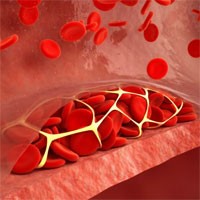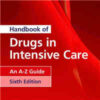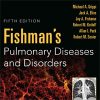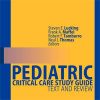Early Identification of Disease Progression in Patients with Suspected Infection Presenting to the ED
ccforum.biomedcentral.com
In patients presenting to the emergency department (ED) with a suspected infection, the blood biomarker MR-proADM could most accurately identify the likelihood of further disease progression. Incorporation into an early sepsis management protocol may therefore aid rapid decision-making in order to either initiate, escalate or intensify early treatment strategies, or identify patients suitable for safe out-patient treatment.
1,175 derivation and 896 validation patients were analysed with respective 28-day mortality rates of 7.1% and 5.0%, and hospitalization rates of 77.9% and 76.2%. MR-proADM showed greatest accuracy in predicting 28-day mortality and hospitalization requirement across both cohorts.
Patient subgroups with high MR-proADM concentrations (≥ 1.54 nmol/L) and low biomarker (PCT < 0.25 ng/mL, lactate < 2.0 mmol/L or CRP < 67 mg/L) or clinical score (SOFA < 2 points, qSOFA < 2 points, NEWS < 4 points or CRB-65 < 2 points) values were characterized by a significantly longer length of hospitalization (p < 0.001), rate of ICU admission (p < 0.001), elevated mortality risk and a greater number of disease progression events (p < 0.001), compared to similar subgroups with low MR-proADM concentrations. Disease progression was identified using a composite endpoint of 28-day mortality, ICU admission and hospitalization > 10 days.















